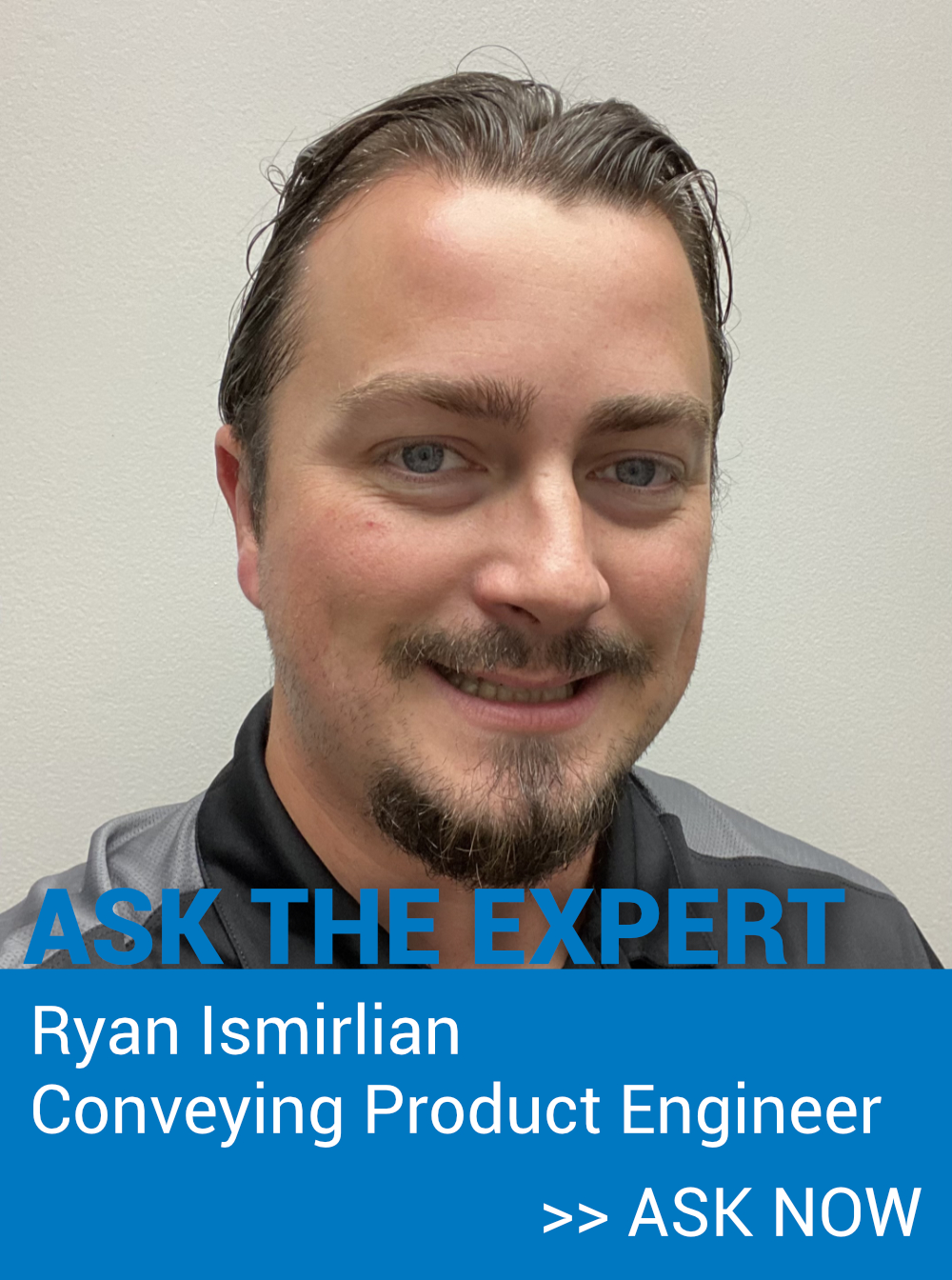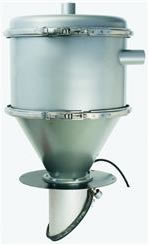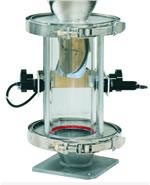Choosing The Correct Vacuum Receivers
Standard Vacuum Receivers are mounted on top of all material destinations except process machines. Machine mount JIT models are mounted on process machines. A vacuum pump pulls a strong vacuum which cause material to be drawn from the source and deposited in the vacuum receiver.
Choosing the Correct Receiver
- Receiver size is determined by the flow rate required and the type and bulk density of the material being transferred.
- Machine Mount JIT models are used on process machines.
- Powder Receivers are used for powder and dusty regrind.
- Stainless steel is the most durable material for most applications
- Abrasive materials require custom options be added to the receiver which may include:
– Thick-wall wear plates
– Electro-less nickel plating
– Ceramic coatings - Tangential inlet with flapper and gasket minimizes material degradation and allows use with a common line and central material selection manifold system.
- Neoprene seal on dump throat assures no loss of vacuum.
- When powders (like PVC) are being conveyed, specify powder receivers, that Are designed with special filters and blowback, to avoid clogging and maintain energy efficiency.
- No-tools access for cleanout is important.
- Machine mount models are generally supplied with a height-adjustable photo eye level
- sensor, base plate adapter, dump valve and quick disconnect clamps for easy clean out.
TIP - Larger receivers are better
– Cycle fewer times and increase pump capacity
– Reduce wear and tear on pumps and valves





